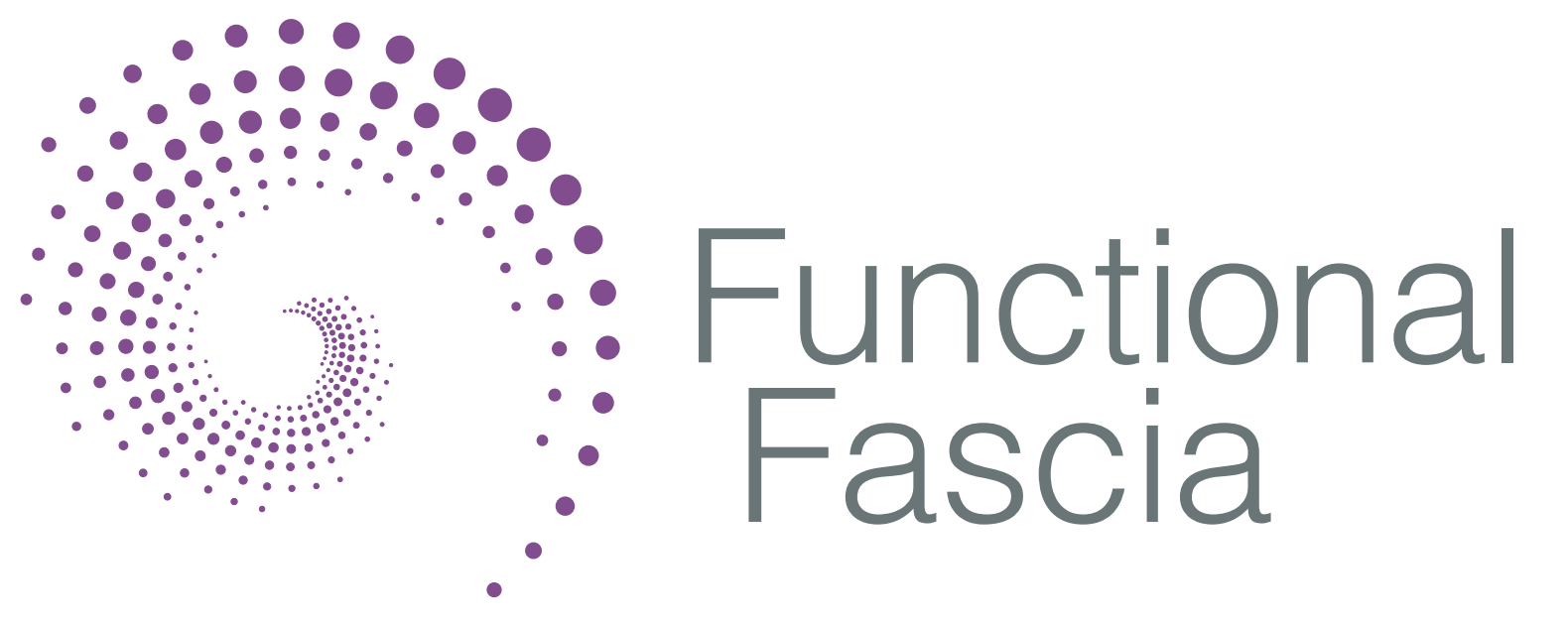At the end of a week of dissection, we often invite our group to write and express how they feel about their time in the lab. This was one such story.
Why on earth would you want to do that?
This was the sentence that was uttered the most to me in the weeks running up to my dissection course. My reply? Because I know what I feel through the skin but I want to be able to see what’s under it, I want to see the complexity of the body and to work out how what I feel corresponds – or not – to the reality hidden beneath the skin that just doesn’t come to life through Anatomy and Physiology books.
I work in a specialist form of massage that places a lot of emphasis on the hands and feet as the place where the tension is ‘held’ and I know from my thousands of hours of massaging that when I release tension held here the rest just melts away. Tension in the shoulders, neck and back melt when the hands are properly massaged, hip problems, lower back problems and even sciatica respond positively to thorough and detailed foot massage. What I wanted to know was ‘why’, I know what I do really works, but why does it work as well as it does? I also teach this massage so I wanted to be able to better articulate to students ‘what lies beneath’.
My mission on joining the course then was to simply find out more. I was nervous joining the course; would my A&P be up to it, would everyone else know more than me, would I actually be able to do it and dissect a human body. I say this as a long term vegetarian who doesn’t even cut meat up – so doing that to a donated human form – I had my doubts.
I did watch all of the videos recommended and this was good mental preparation. I also had the mind frame that this course was only possible because of a great gift the donor and their family had given to me. While I knew I might feel squeamish at times I also believed that I owed it to the donor to make the most of this gift and to squeeze every ounce of learning from the course that was possible. The donor had given a great gift, I simply had to honour it.
Getting into the process was made much easier by the gentle introduction and grounding as we were gradually introduced to the lab and then our teachers, the donated forms. We were encouraged to meet all and then to move to one we felt drawn to work on. I was drawn to an older woman who was curled up, she reminded me of the position an elderly friend had died in and this was strangely reassuring. I will never know but she looked like she had been a gentle soul with smiling wrinkles around her eyes, I felt comfortable accepting her gift and was blessed to be surrounded by a group of gentle co-somanauts who also wanted to work respectfully and gently. We talked to our form as we worked, we wondered about her life and we learn much from her.
Having got over my initial feelings of wobble on day one, I was confident going into day two yet felt more queasy that day than on day one. I gave myself a talking to and got on with it. Facing death in the embalmed human form allows / encourages a depth of thought about life that is perhaps unique to the dissection lab. It was also refreshing to hear our tutor talk of his own journey into dissection and some of the challenges his own explorations had brought up for him.
One of the most striking things that still stands out both in my memory and as I look back on my notes over a year later is that once the skin and superficial fascia had been removed, how young our donated from looked. With the external layers stripped away the years seemed to disappear too.
The other great discoveries of the 6 days… the Greater Omentum! This wonderful organ that is missing from so many A&P courses. The large size of the liver surprised me, again this is not fully reflected in the A&P books. I uttered sentences I never thought I would put together, looked in awe at the eye lens, was surprised by how light lungs were and was struck the secret intricacy of the brain, the anatomy of which gave no hint of its enormous power of reason, language, movement and ability to create. I was taken aback to see that the cancer in our donated form was white, I’m not sure I’d ever thought about what colour it was but if asked I’d probably have answered that it was black.
My favourite day was the last one when we could look in more detail at something of our own choice and I spent many hours using a magna-light carefully dissecting the lower arm and hand. It was beautiful. Detailed. Intricate. Fascinating. After 6 hours on this I realised I needed another week just to look in more detail in the areas that I wanted to explore further.
Did it challenge and change me as a practitioner and teacher? Yes, absolutely. I have adjusted, reframed and become way more confident at knowing why what I do works, how I describe that has also changed. On a day when my head was spinning on how to integrate that week and my practice, not something I had articulated to anyone, the tutor advised to ‘hold strongly to your practice and softly to your stories’ – and this set a boundary to this reframing.
I had always said this was a one off course for me but yet… my lab coats are washed, folded and stored ready…
